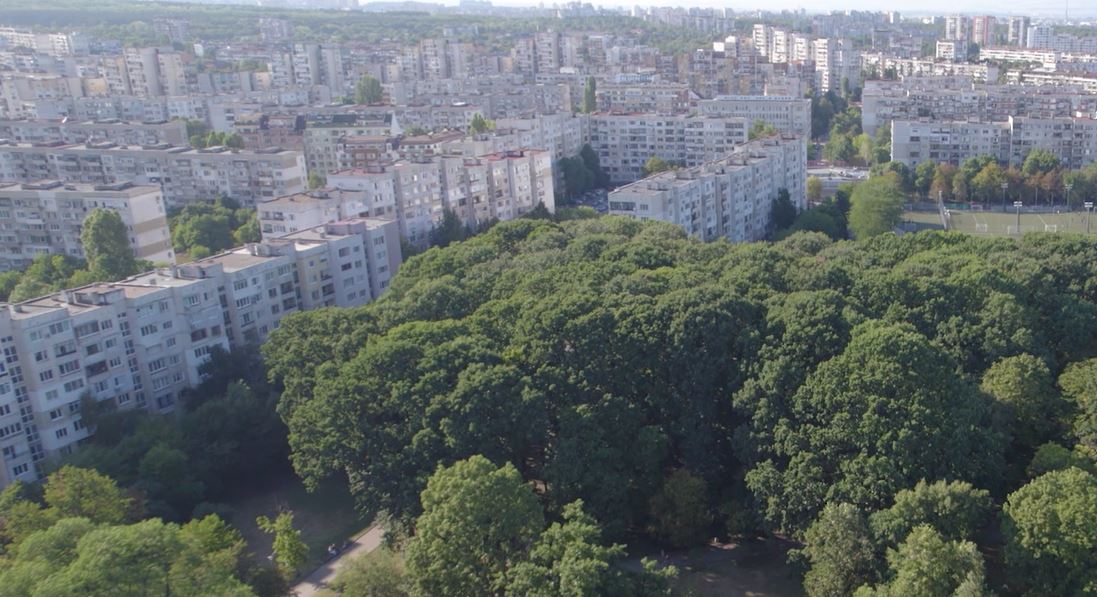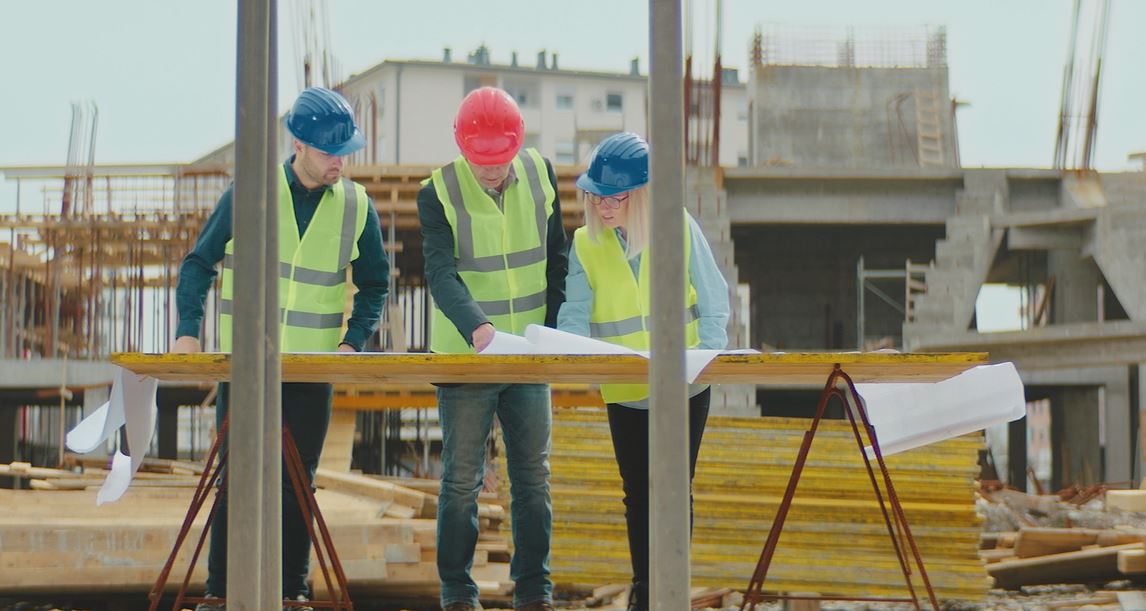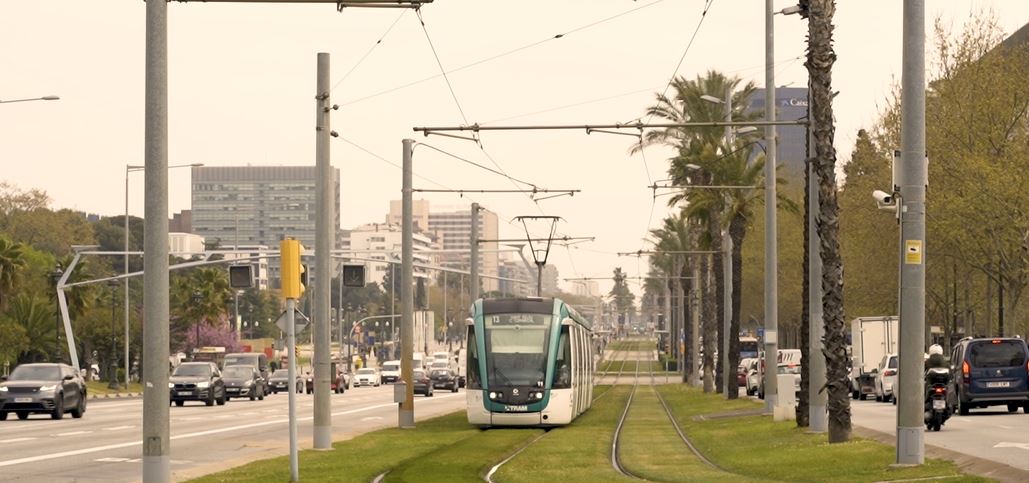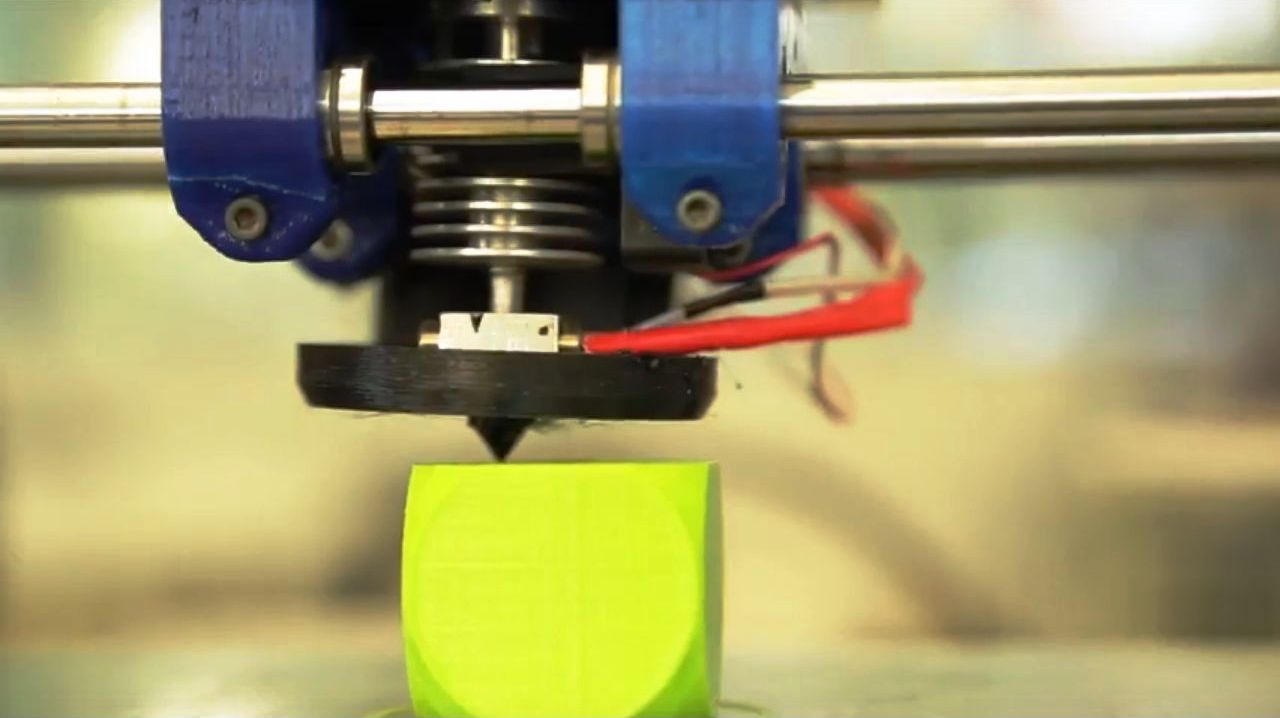
Fire prevention technician
Other denominations
Fire prevention engineer
Description
The fire prevention technician is responsible for analysing, designing and implementing fire protection systems in case a fire breaks out in a building, factory or any other premises with a fire risk. Safety in the event of a fire entails the need to be familiar with the (increasingly technologically advanced) different protection systems available on the market (as well as the regulations applicable in every situation). In the case of fire-safety system installation or maintenance companies, fire regulations stipulate that these are obliged to employ a qualified technician, a profile which may be covered by a fire engineer.
Tasks
- Implement fire safety projects from the perspective of both fire prevention and reaction in the event of a fire, to guarantee the safety of occupants, rescue teams and firefighting forces.
This technician defines the fire prevention and protection systems required by buildings and industries according to the fire risk involved, the characteristics of the premises and applicable regulations (there is a recently modified basic regulation, the purpose of which is to adjust regulations both to European guidelines and to local and autonomous guidelines, in accordance with the idiosyncrasies of the different autonomous regions and municipalities, and a number of specific regulations regarding the use of chemicals, for example). Consequently:
Analyse the area to be protected.
Design the fire safety system, which must include the following: prevention systems (which decrease the likelihood of a fire and the severity of its consequences in the event that it spreads); fire protection systems (which turn on when a fire starts to contain and extinguish it, and to reduce potential damage); draw up a project report and schedule (regarding this aspect, fire regulations specify that the project must be signed by a competent, certified authority). - Devise and implement fire safety projects. Execute the project, once designed. During this phase, this profesional must:
Monitor the execution process to ensure that it is carried out as indicated in its designed and using the materials specified, that is, checking that no changes are made to the quality of the material or design.
Supervise the reception of the components involved in implementing the system. Once the system is in place, the engineer must check that everything has been done as it should and that the system works properly. S/he then issues the system start-up certificate. - Investigate fires and their progress.
Investigating fires requires extensive and skilful work, whereby this technician analyses the causes behind the fire, how it started, how it progressed and any potential solutions. Work for insurance companies and legal experts.
Researching new fire prevention and protection systems, and the behaviour of the fire and materials, constitutes another area. All of the above takes place mostly in major companies and laboratories. - Implementing the Emergency Plan. All companies should have a Self Protection Plan, which ensures that the response of company staff in the event of a fire is well-organised . A Self Protection Plan must therefore be devised which, on the basis of company resources and staff and potential risks, sets forth the action protocols to be followed in any situation of emergency such as a fire. Depending on the type of company, for the chemical industry for instance, the Self-Protection Plan may be more specific. Also responsible for training the staff in charge of implementing the emergency plan or supervising their training.
- Update safety systems in the event of an actual fire.
Should a change come about in the use of a particular fire-fighting action, or a fire protection system become obsolete due to technological progress, the engineer must study the characteristics and status of the security system in place, analyse current action requirements (actual fire risk involved) and the regulations to be applied. Based on the above, the engineer must propose system improvements, or even substitutions. Carry out studies when, for instance, a factory changes the products it stores or when an apartment building is converted into an office block. Propose changes to be made to adjust these to current needs and regulations. - Carry out fire safety system audits.
An audit may be required to check the suitability of the fire safety systems implemented in a company and that these operate properly.










 | Catalan | Beginner
| Catalan | Beginner | English | Advanced
| English | Advanced
 Open
Open



 | English | Beginner
| English | Beginner


